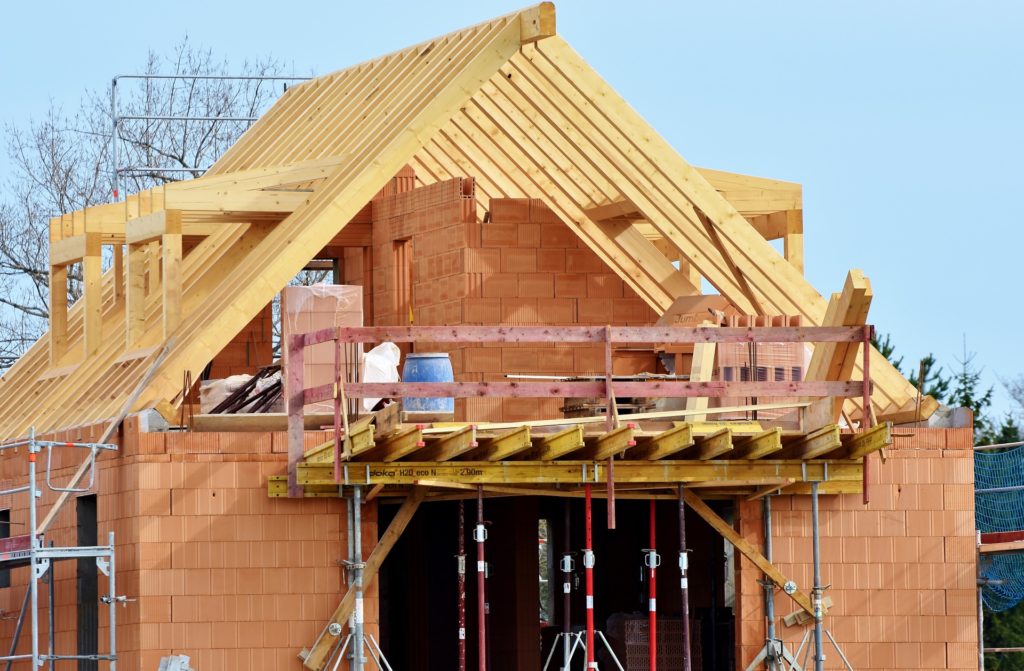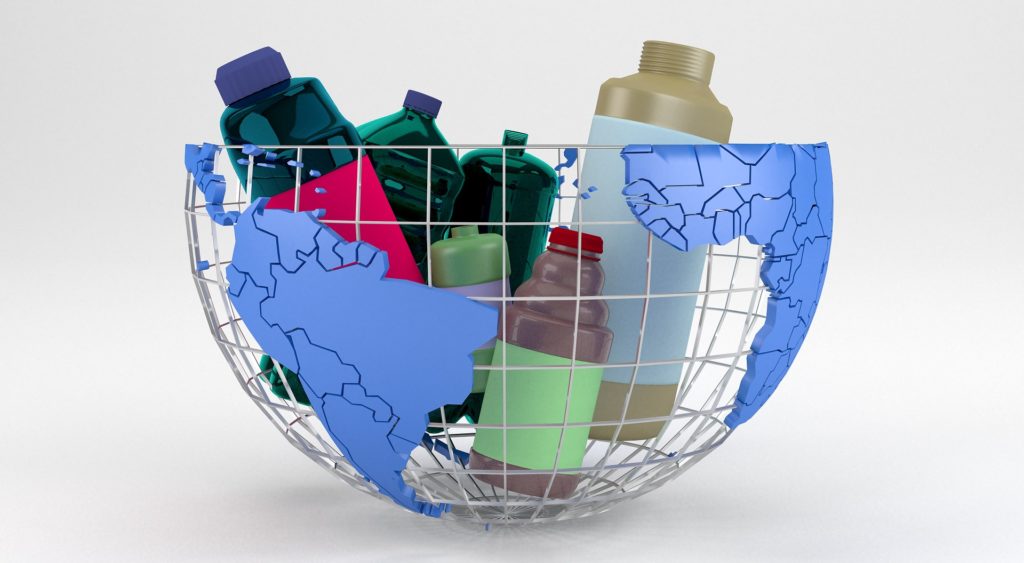An article in the Post Register indicated that a bill to legalize hemp was introduced into the Idaho Senate on Monday, February 17, 2020. The State Affairs Committee voted unanimously to print the bill, clearing the way for a full hearing later. The sponsoring Legislators are Sen. Abby Lee, and Rep. Caroline Nilson Troy.
HEMP HAS BEEN LEGAL FEDERALLY SINCE 2018
Following the passage of the 2018 Farm Bill, making hemp cultivation legal, most states passed laws allowing for hemp cultivation. Of course, Idaho was one of the few to stick their heads in the sand and not provide the advantage to the Idaho farmers offered to farmers in other states.
FEAR OF MARIJUANA USED TO STOP HEMP
A bill to legalize hemp production in Idaho failed after the Senate amended it extensively because of the worry it could make enforcement of marijuana laws more difficult. The new bill has an ‘emergency clause’ that would allow the bill to take effect immediately if it passes. One would hope that Idaho has discovered the way to field test hemp to determine the amount of THC it contains, thus eliminating the concern with marijuana laws enforcement.
HOW THIS EFFECTS CBD
It is unknow how this new bill would affect CBD sold in Idaho if it passes. Hemp naturally has about .3% THC when grown and this has been the sticking point with transportation of hemp across the state as any THC in a product is considered by the State of Idaho to be marijuana. If hemp is allowed to be produced with a small percentage of THC, then, one would assume that CBD with the same percentage of THC would be allowed to be sold. I suppose time will tell on that point.





